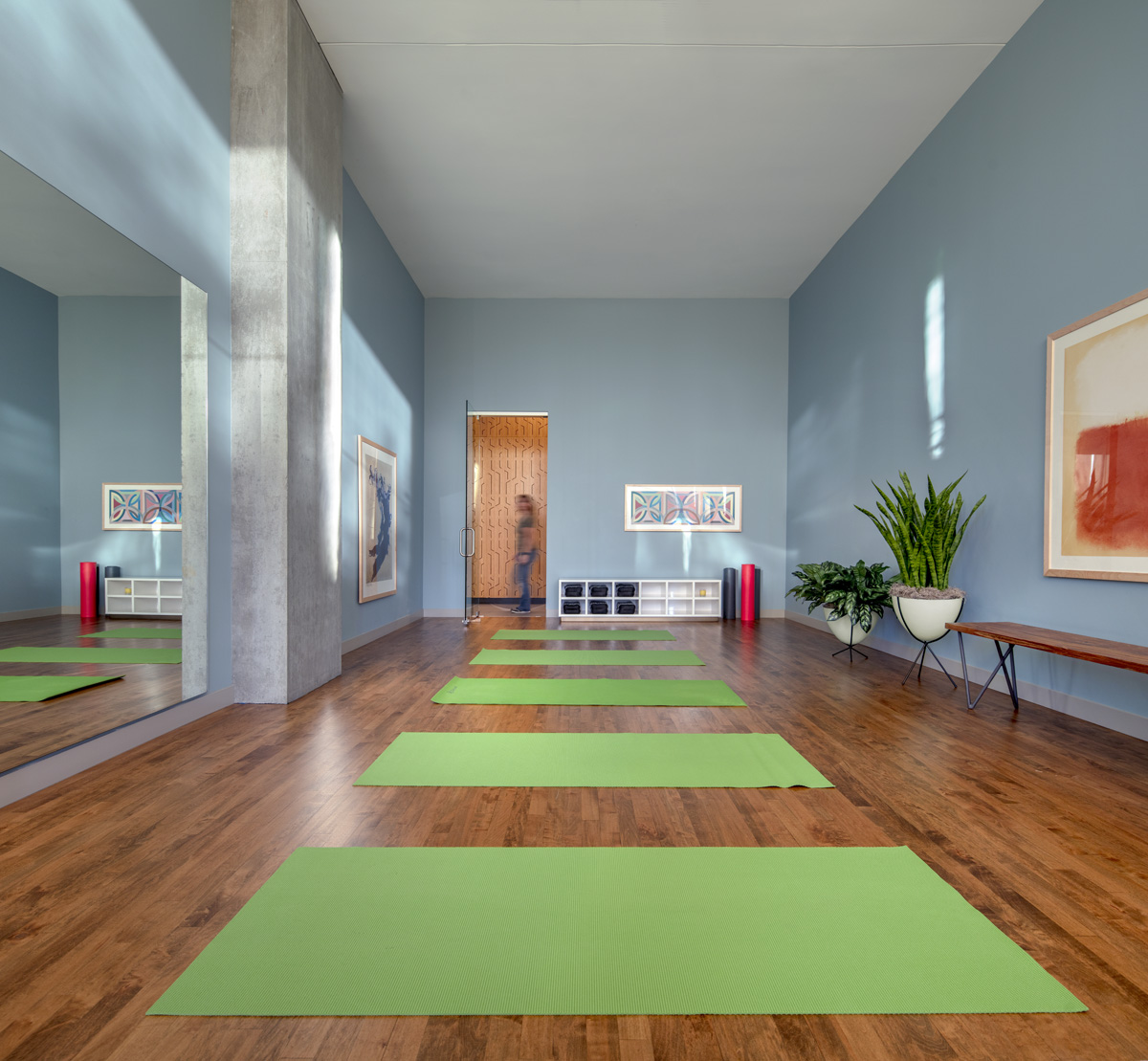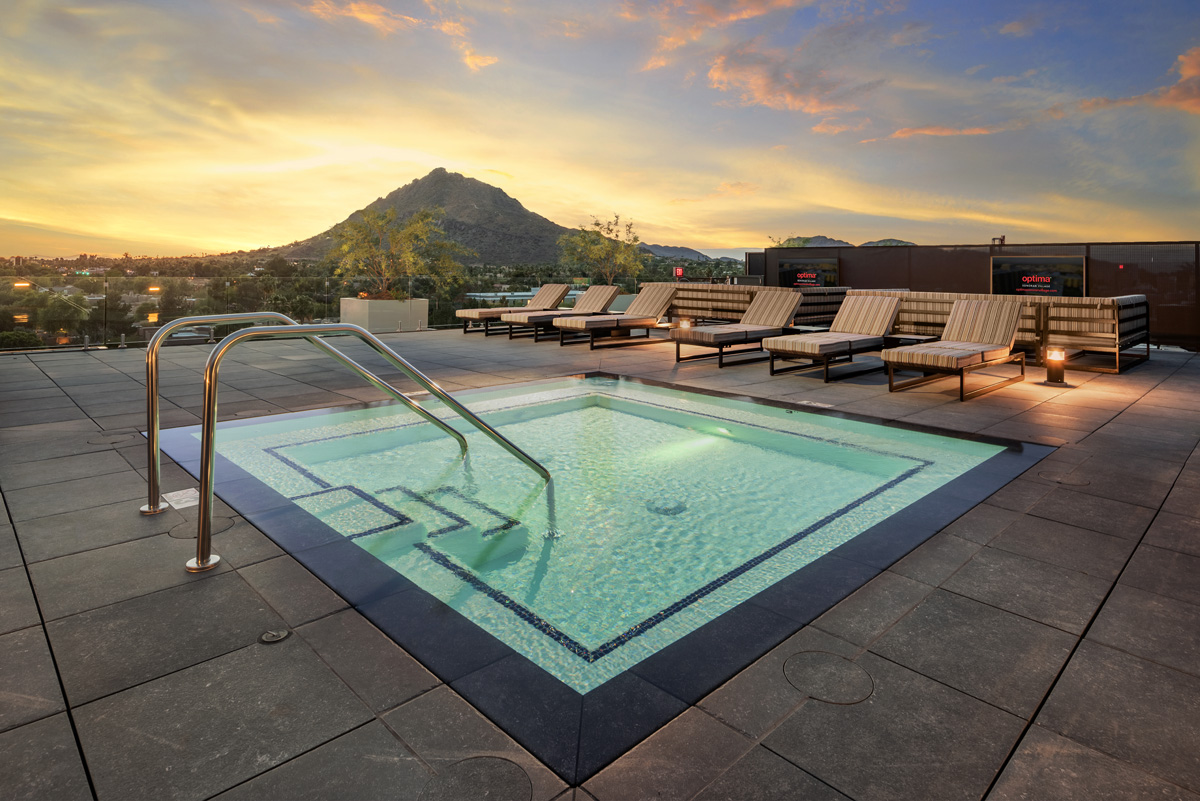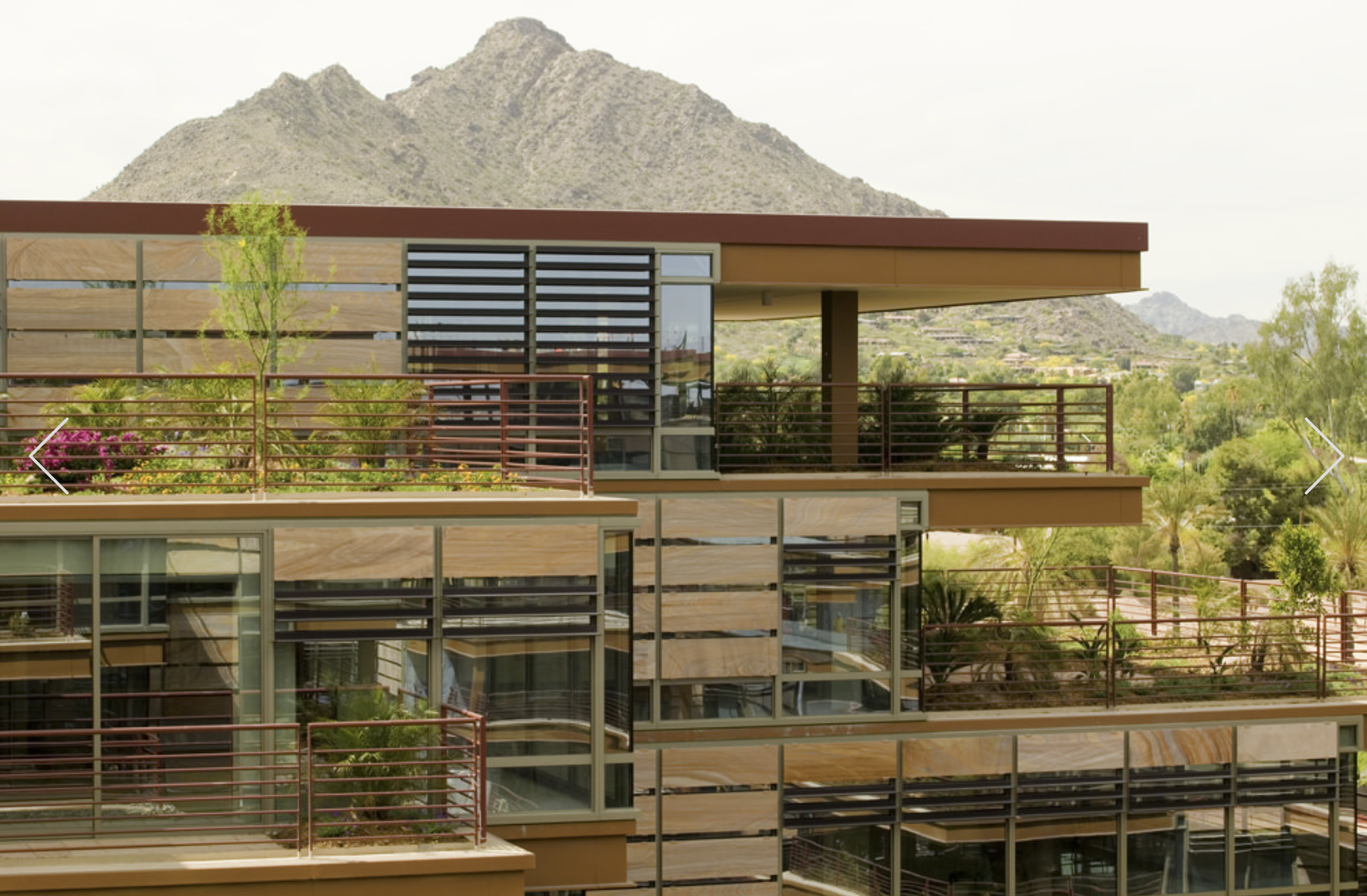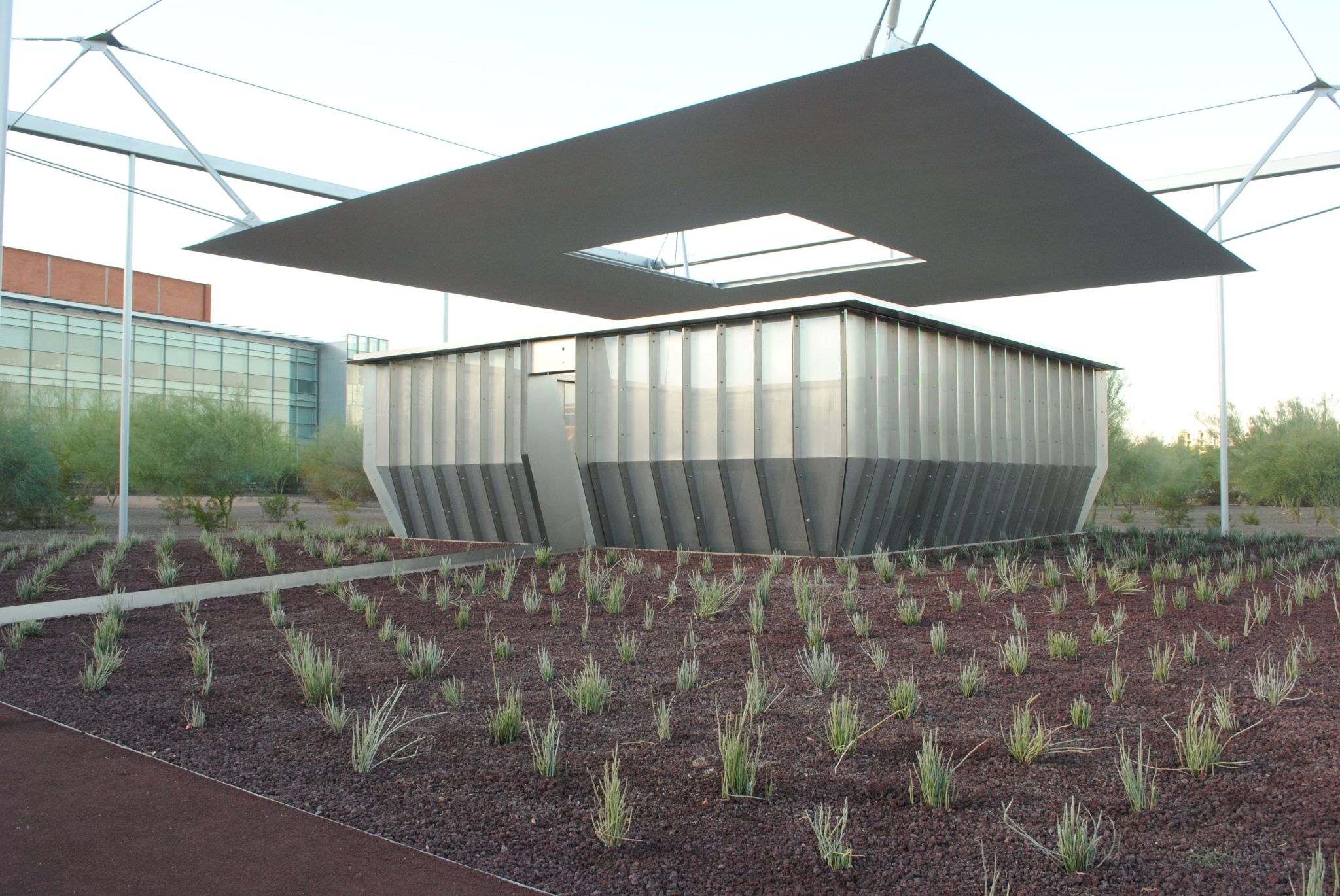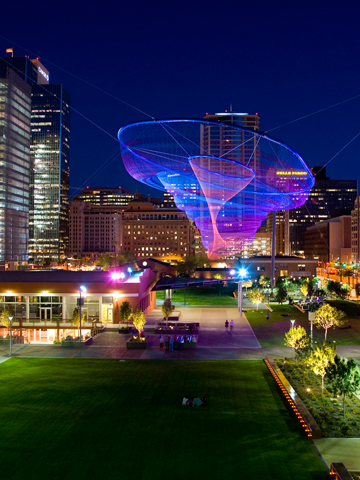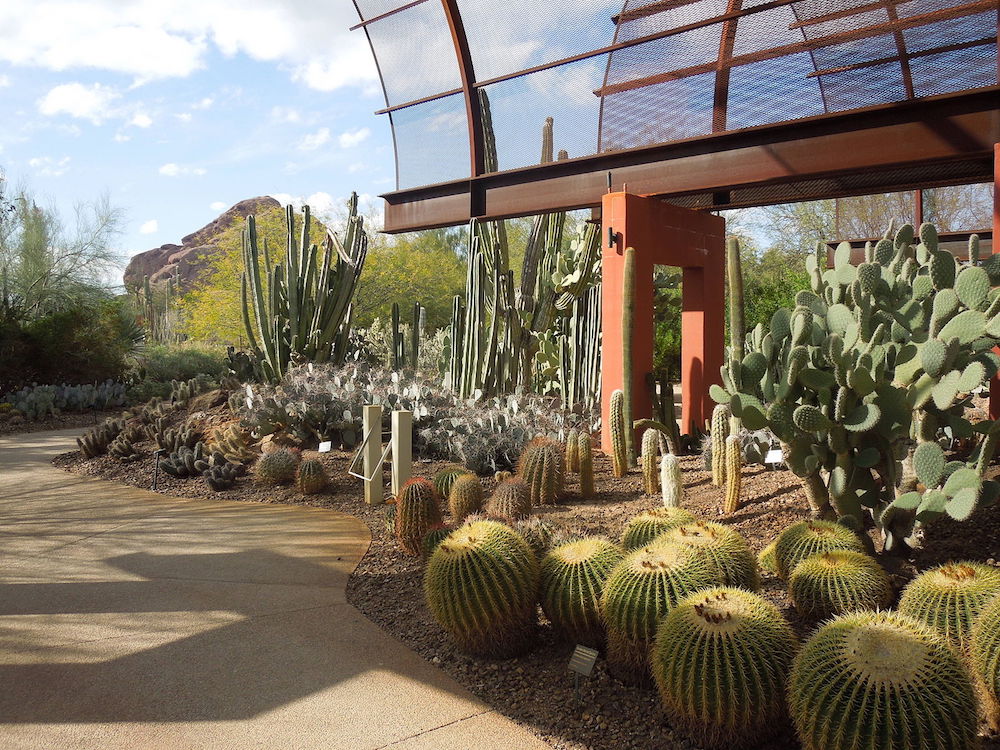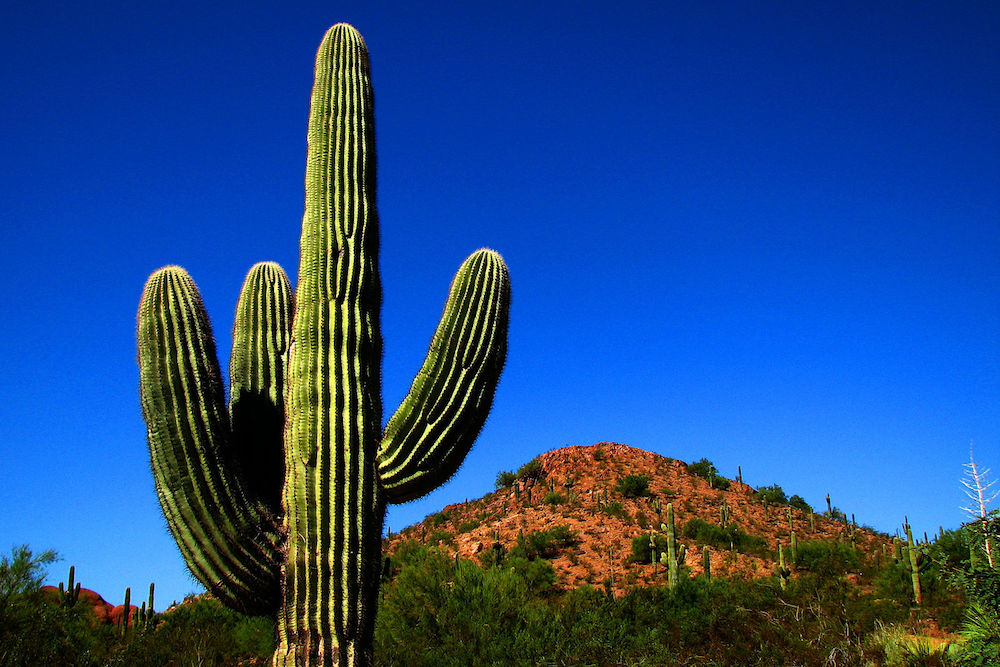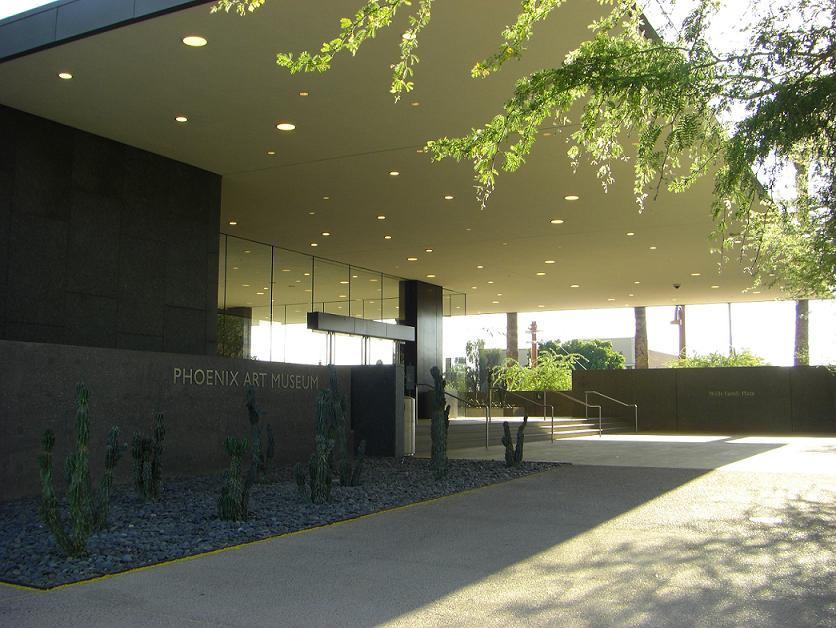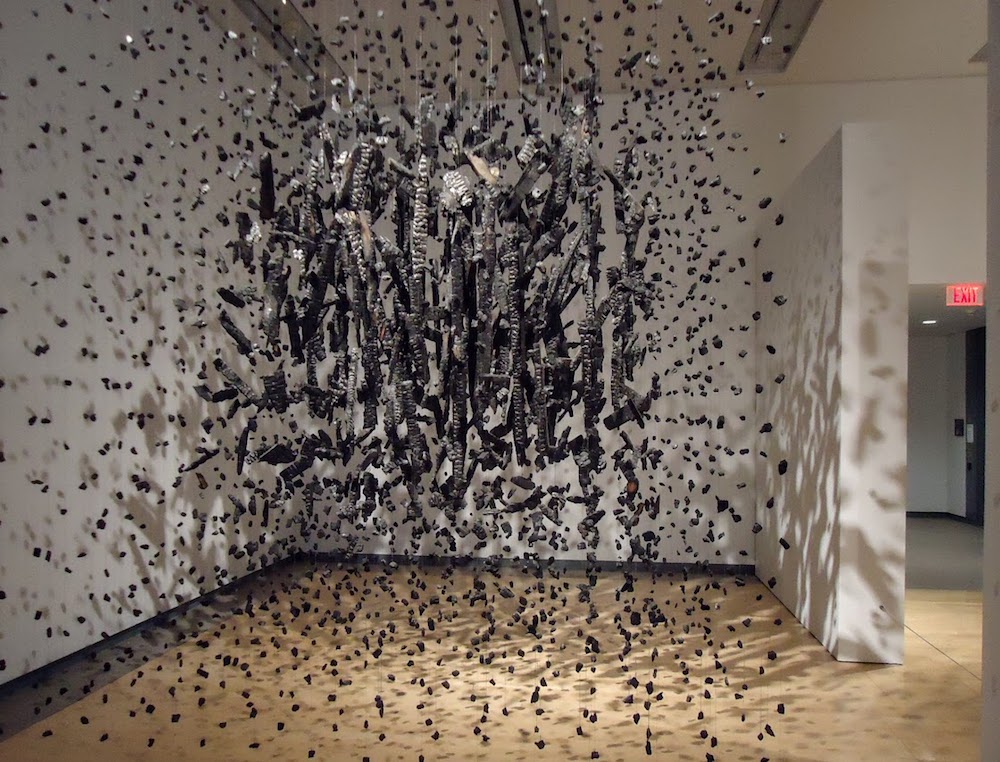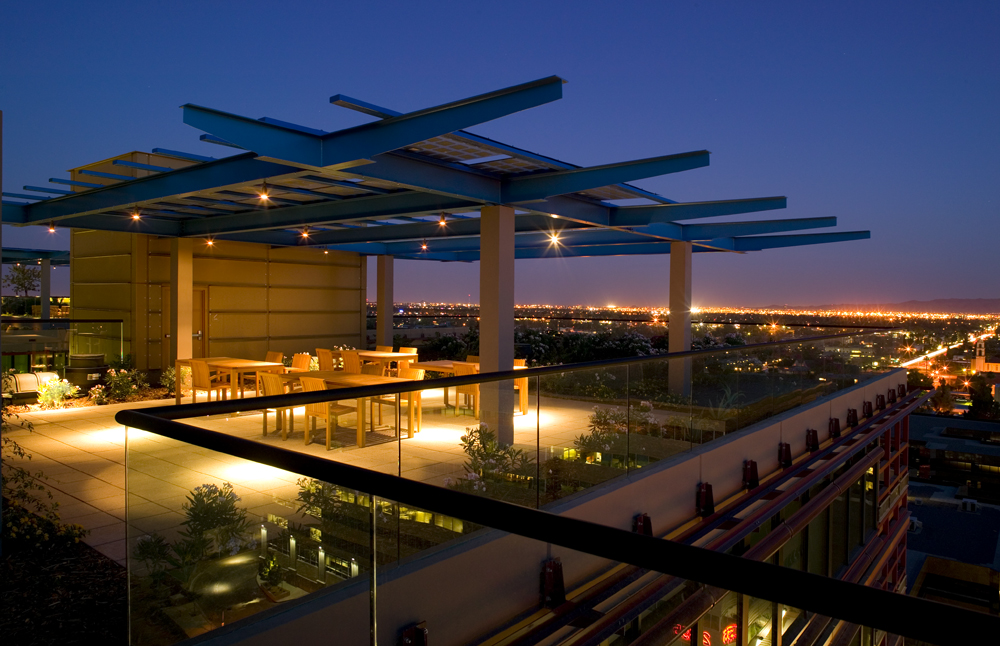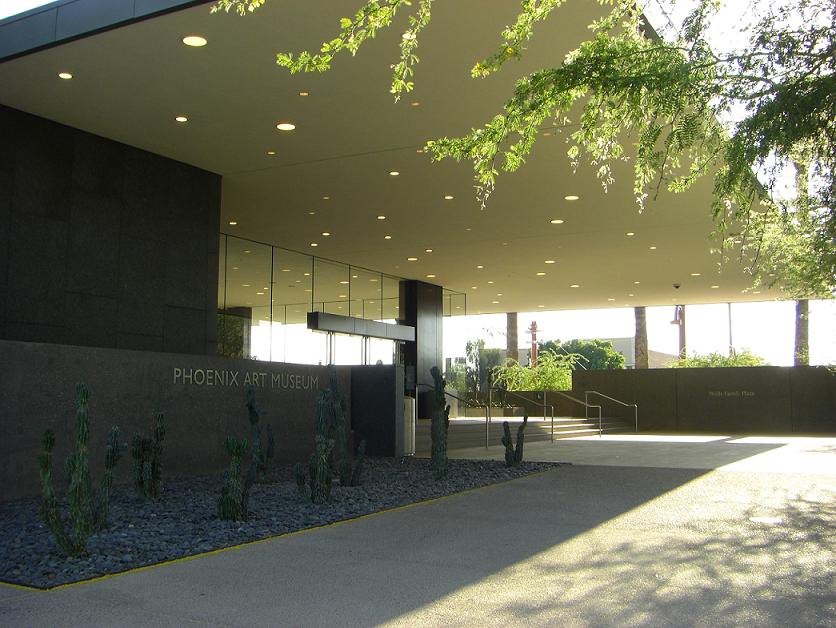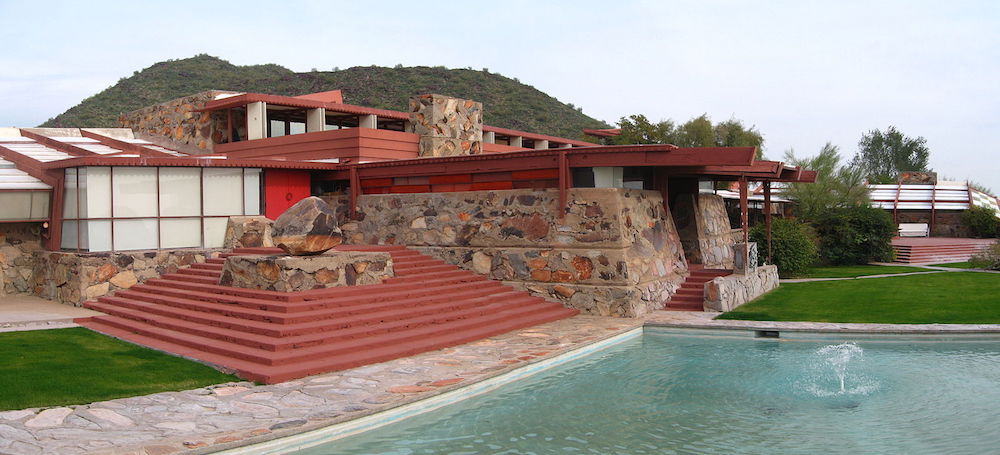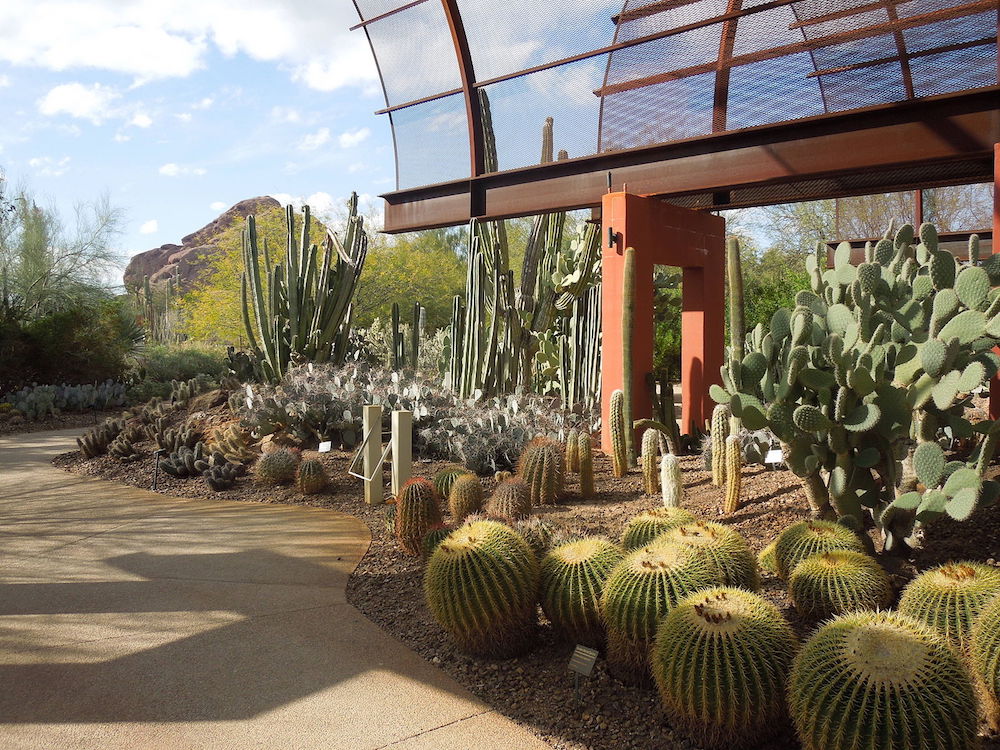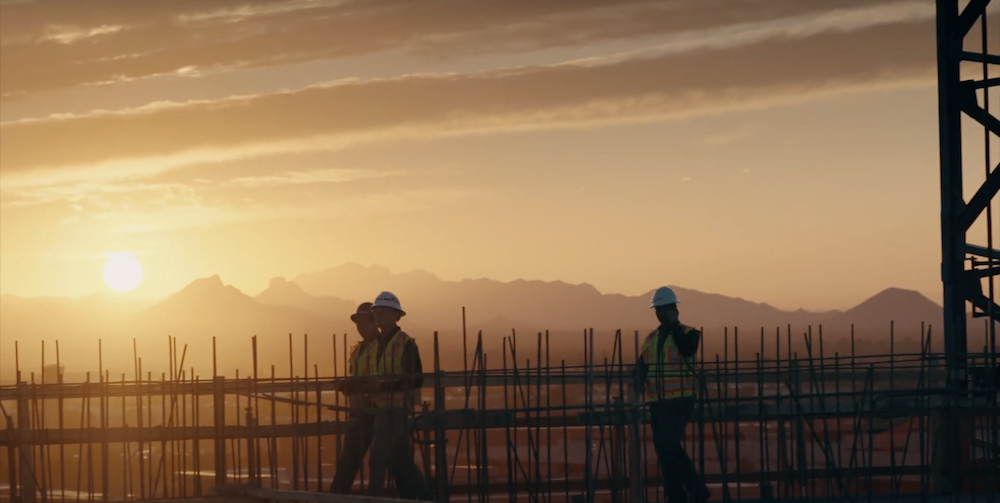We enjoy creating communities with amenities to support a well-rounded, vibrant lifestyle. Many of our properties, including Optima Kierland, Optima Signature, and under-construction Optima Lakeview include yoga studios as part of our impressive amenity stack. Yoga is a low-impact exercise method, as well as a mindfulness practice, that brings with it a wide-ranging array of health benefits. Here are just a few:
Improves Bodily Strength
Yoga has been demonstrated to improve strength, balance and flexibility. Going through the slow, gentle movements and deep breathing exercises increases blood flow and warms up your muscles. Holding poses helps you develop better core strength and in turn, improves your posture. And as you stretch your muscles with each pose, you also increase your range of motion and flexibility. Overall, the impact of this exercise leads to increased bodily awareness as well.
Aids in Pain Relief
Yoga has been recommended for those going through an illness, recovering from surgery of living with a chronic condition. That’s because the practice has the potential to aid in pain relief — specifically, back pain. Stretching your lower back through the various poses is believed to help relieve pain and improve flexibility overall during the healing process. And for those with arthritis: gentle yoga has shown to ease some discomfort when it comes to those tender, swollen joints.
Boosts Energy and Mood
As a practice grounded in body-mind-spirit connection, yoga naturally has an impact on your mental health as well as your physical health. Yoga has been demonstrated to aid in stress relief, and even lead to a better night’s sleep. It also provides a boost to your overall energy and mood levels, producing better alertness and enthusiasm in its wake.
Whether you’re looking for a low-impact fitness regimen or seeking a sense of groundedness, yoga is a great and healthy option for everyone.
